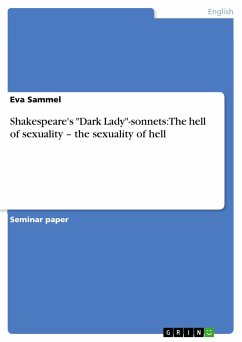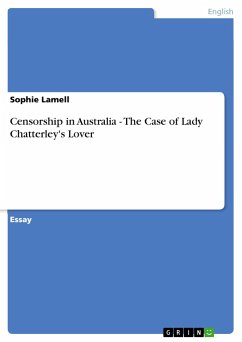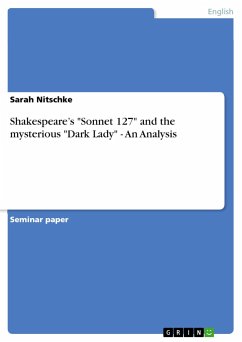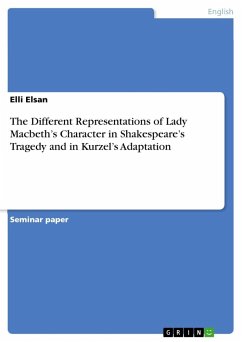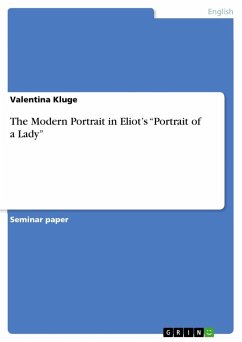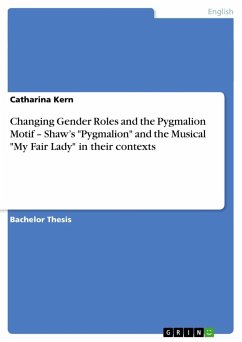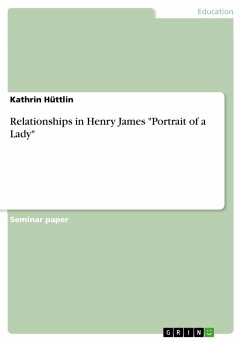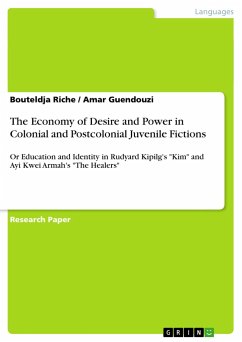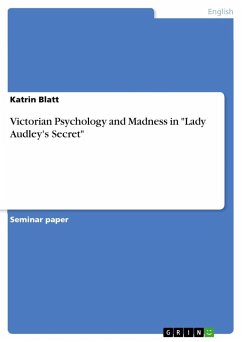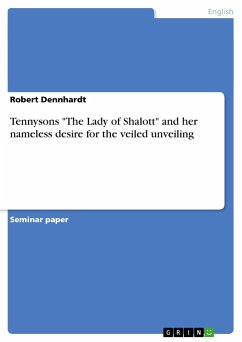
Tennysons "The Lady of Shalott" and her nameless desire for the veiled unveiling

PAYBACK Punkte
0 °P sammeln!
Seminar paper from the year 2002 in the subject English Language and Literature Studies - Literature, grade: 2,0, Humboldt-University of Berlin, language: English, abstract: Once upon a time Umbert Eco quoted Tennyson's continental contemporary Mallarmé who wrote about avoiding a single absolute word sense concerning the typo-logographic space and epistemic-symbolic landscape:"Einen Gegenstand benennen bedeutet, die drei Viertel des Genusses am Gedicht zu unterdrücken, welche aus dem Glück bestehen, nach und nach zu entschlüsseln, es hervorzubringen [...] dies ist der Traum [...] Es muß v...
Seminar paper from the year 2002 in the subject English Language and Literature Studies - Literature, grade: 2,0, Humboldt-University of Berlin, language: English, abstract: Once upon a time Umbert Eco quoted Tennyson's continental contemporary Mallarmé who wrote about avoiding a single absolute word sense concerning the typo-logographic space and epistemic-symbolic landscape:"Einen Gegenstand benennen bedeutet, die drei Viertel des Genusses am Gedicht zu unterdrücken, welche aus dem Glück bestehen, nach und nach zu entschlüsseln, es hervorzubringen [...] dies ist der Traum [...] Es muß vermieden werden, daß ein einziger Sinn sich aufdrängt: der leere Raum um das Wort herum, (...), die räumliche Komposition des Textes tragen dazu bei, dem Wort eine Aura des Unbestimmten zu verleihen und es auf tausend verschiedene Dinge hindeuten zu lassen." (Eco 1989, 121f.)Various literary critics describe a rather psychological dilemma within Tennyson's work in general which seems important for the understanding of The Lady of Shalott which in my opinion is not theme of this work. Once with-in the discourse of art and mythopoetics this dilemma resembles Tennyson's struggle for both artistic strategy as well as rhetorical and logical validity (Alaya 1970, 289.) Another remark refers to Tennyson's "difficulty in leaving the world and passing into "a Nameless, shadow-less realm" which insert the reader into autopoietic ordering "spaces between images and words." (Colley 1985, 370 and 377.) An expression of this dilemma we find in Tennyson's The Lady of Shalott with the metaphorical presence in absence of sword and primarily window which will be discussed later on. But the expressive representing or non-symbolic Nameless cannot exist if the symbolic is the only associative between the imaginary and the real which is the other side of the symbolic per se.




